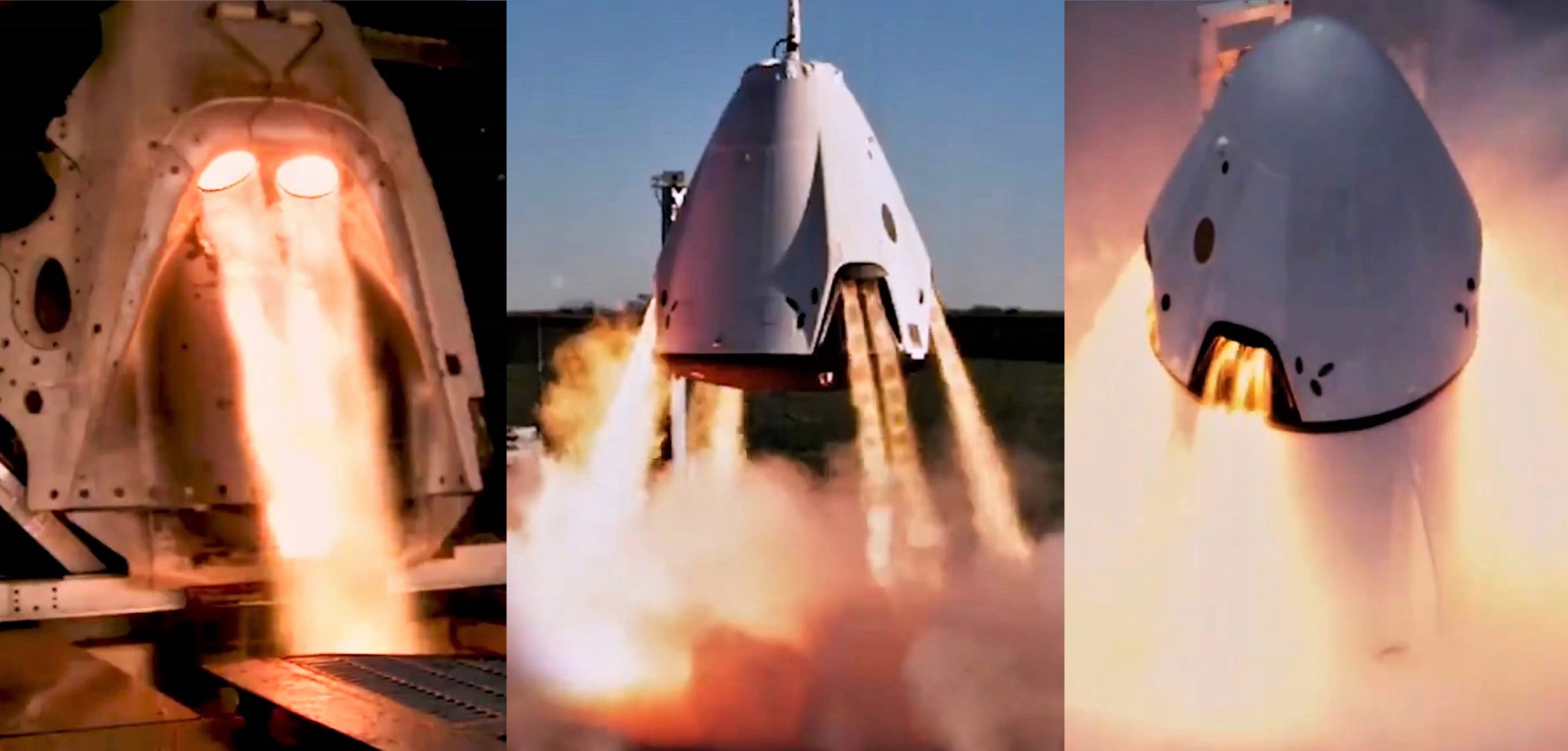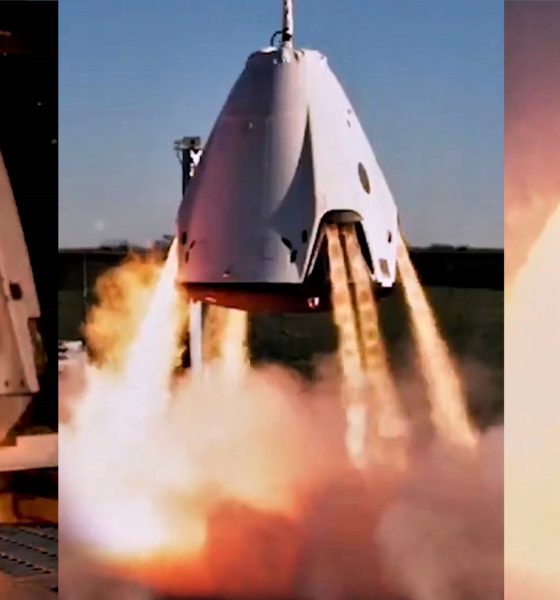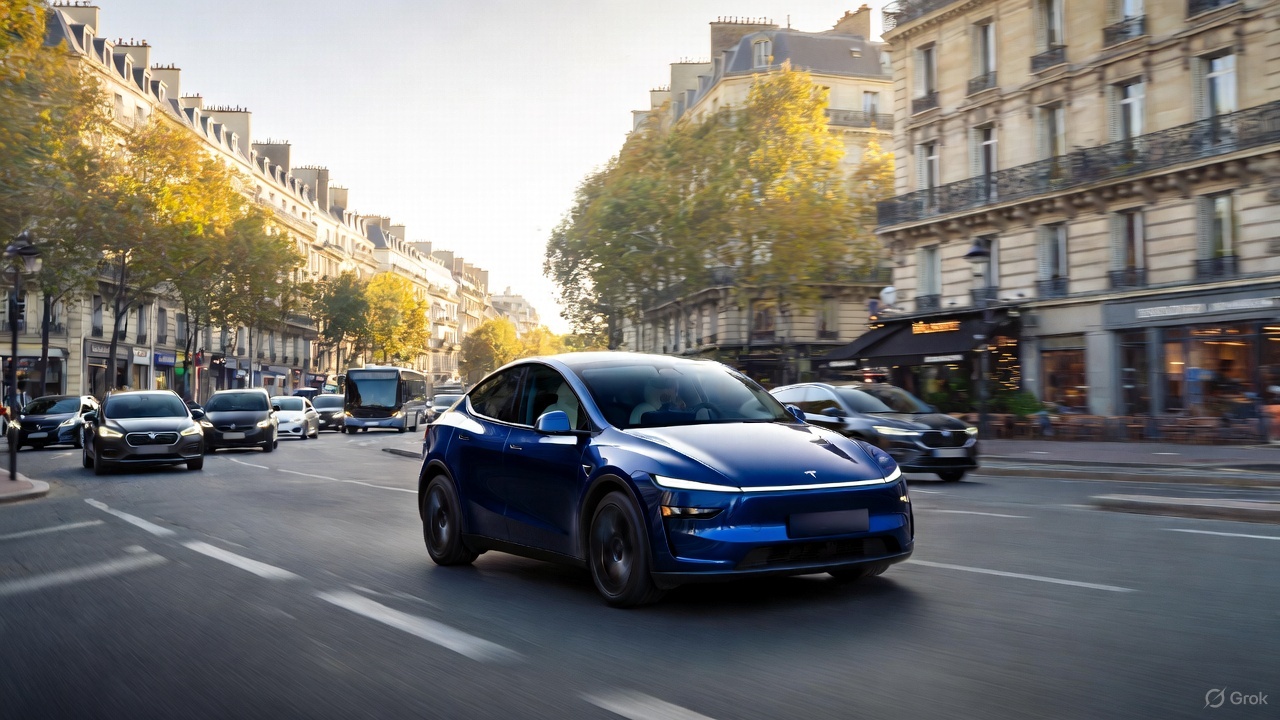

News
SpaceX aims to launch critical Crew Dragon abort test before the end of 2019
SpaceX has applied for an FCC Special Temporary Authority license to authorize rocket communications during what is likely Crew Dragon’s In-Flight Abort (IFA) test, now scheduled to occur no earlier than November 23rd.
In line with recent comments from SpaceX executives, a November or December In-Flight Abort test would almost certainly preclude Crew Dragon from launching with astronauts in 2019, pushing the Demo-2 mission into the Q1 2020. Nevertheless, it would serve as a good sign that Crew Dragon remains on track if SpaceX can complete the critical abort test – meant to prove that Dragon can whisk astronauts away from a failing rocket at any point during launch – before the year is out.
The FCC application describes “SpaceX Mission 1357” launch from NASA’s Kennedy Space Center (KSC) Launch Complex 39A, leased by SpaceX and primarily dedicated to launches involving either Falcon Heavy or Crew Dragon. Most tellingly, the STA request describes the mission as involving a “simulated orbital second stage”, an unusual phrase for SpaceX applications that almost certainly reveals it to be Crew Dragon’s IFA.
In the history of Falcon 9, all booster launches from Florida or California have carried functional Falcon upper stages. The FCC application’s “simulated” descriptor implies that this particular mission’s upper stage will not actually be capable of flight – a fact Elon Musk confirmed for the In-Flight Abort test in February 2019. Although the upper stage will otherwise be orbit-capable, the stage on Crew Dragon’s abort test is never meant to ignite and will thus feature a mass simulator in place of a functioning Merlin Vacuum (MVac) engine. A flight-proven Falcon 9 Block 5 booster – likely B1046.4 – will power the mission and both it and the upper stage are very unlikely to survive.
During the In-Flight Abort test, the Falcon 9 stack will lift off like any other launch, flying for approximately 60-70 seconds on a normal trajectory. Shortly thereafter, during a period of peak aerodynamic stress known as Max-Q, Crew Dragon’s SuperDraco abort system will somehow be triggered, causing the spacecraft to rapidly speed away from what it perceives to be a failing rocket. As Crew Dragon departs its perch atop Falcon 9’s upper stage, the rocket’s top will be instantly subjected to a supersonic windstream, akin to smashing into a brick wall. If the upper stage is quickly torn away, the booster will find its large, hollow interstage subjected to the same windstream, likely tearing it apart. The mission will undoubtedly be a spectacle regardless of how things transpire.

This filing comes ahead of the imminent resolution of a multi-month investigation to determine the cause of an anomaly that resulted in the loss of the DM-1 Crew Dragon capsule during a static fire test in April 2019. With that investigation nearly wrapped up and the Florida Department of Environmental Protection declaring “no further action” required with clean up efforts, as reported by Florida Today, SpaceX is likely ready to begin prelaunch preparations for Crew Dragon’s next major milestones.
SpaceX recently posted a video highlighting extensive testing of Crew Dragon’s SuperDraco abort system, noting the thrusters’ ability to propel a Crew Dragon capsule half a mile away from a failing rocket in just 7.5 seconds. SpaceX has performed more than 700 successful static fires, ranging from individual double-engine powerpack tests to a 2015 pad-abort test and integrated hover testing before propulsive Crew Dragon landing development was canceled in 2017.
The late-2019 IFA launch window means that a 2019 crewed Dragon debut is more or less impossible. Nevertheless, if SpaceX can successfully complete Crew Dragon’s IFA test in November or December, chances are good that there will be opportunities to attempt Crew Dragon’s crewed launch debut sometime in Q1 2020.
Check out Teslarati’s Marketplace! We offer Tesla accessories, including for the Tesla Cybertruck and Tesla Model 3.

News
Man credits Grok AI with saving his life after ER missed near-ruptured appendix
The AI flagged some of the man’s symptoms and urged him to return to the ER immediately and demand a CT scan.

A 49-year-old man has stated that xAI’s Grok ended up saving his life when the large language model identified a near-ruptured appendix that his first ER visit dismissed as acid reflux.
After being sent home from the ER, the man asked Grok to analyze his symptoms. The AI flagged some of the man’s symptoms and urged him to return immediately and demand a CT scan. The scan confirmed that something far worse than acid reflux was indeed going on.
Grok spotted what a doctor missed
In a post on Reddit, u/Tykjen noted that for 24 hours straight, he had a constant “razor-blade-level” abdominal pain that forced him into a fetal position. He had no fever or visible signs. He went to the ER, where a doctor pressed his soft belly, prescribed acid blockers, and sent him home.
The acid blockers didn’t work, and the man’s pain remained intense. He then decided to open a year-long chat he had with Grok and listed every detail that he was experiencing. The AI responded quickly. “Grok immediately flagged perforated ulcer or atypical appendicitis, told me the exact red-flag pattern I was describing, and basically said “go back right now and ask for a CT,” the man wrote in his post.
He copied Grok’s reasoning, returned to the ER, and insisted on the scan. The CT scan ultimately showed an inflamed appendix on the verge of rupture. Six hours later, the appendix was out. The man said the pain has completely vanished, and he woke up laughing under anesthesia. He was discharged the next day.
How a late-night conversation with Grok got me to demand the CT scan that saved my life from a ruptured appendix (December 2025)
byu/Tykjen ingrok
AI doctors could very well be welcomed
In the replies to his Reddit post, u/Tykjen further explained that he specifically avoided telling doctors that Grok, an AI, suggested he get a CT scan. “I did not tell them on the second visit that Grok recommended the CT scan. I had to lie. I told them my sister who’s a nurse told me to ask for the scan,” the man wrote.
One commenter noted that the use of AI in medicine will likely be welcomed, stating that “If AI could take doctors’ jobs one day, I will be happy. Doctors just don’t care anymore. It’s all a paycheck.” The Redditor replied with, “Sadly yes. That is what it felt like after the first visit. And the following night could have been my last.”
Elon Musk has been very optimistic about the potential of robots like Tesla Optimus in the medical field. Provided that they are able to achieve human-level articulation in their hands, and Tesla is able to bring down their cost through mass manufacturing, the era of AI-powered medical care could very well be closer than expected.
News
Tesla expands Model 3 lineup in Europe with most affordable variant yet
The Model 3 Standard still delivers more than 300 miles of range, potentially making it an attractive option for budget-conscious buyers.

Tesla has introduced a lower-priced Model 3 variant in Europe, expanding the lineup just two months after the vehicle’s U.S. debut. The Model 3 Standard still delivers more than 300 miles (480 km) of range, potentially making it an attractive option for budget-conscious buyers.
Tesla’s pricing strategy
The Model 3 Standard arrives as Tesla contends with declining registrations in several countries across Europe, where sales have not fully offset shifting consumer preferences. Many buyers have turned to options such as Volkswagen’s ID.3 and BYD’s Atto 3, both of which have benefited from aggressive pricing.
By removing select premium finishes and features, Tesla positioned the new Model 3 Standard as an “ultra-low cost of ownership” option of its all-electric sedan. Pricing comes in at €37,970 in Germany, NOK 330,056 in Norway, and SEK 449,990 in Sweden, depending on market. This places the Model 3 Standard well below the “premium” Model 3 trim, which starts at €45,970 in Germany.
Deliveries for the Standard model are expected to begin in the first quarter of 2026, giving Tesla an entry-level foothold in a segment that’s increasingly defined by sub-€40,000 offerings.
Tesla’s affordable vehicle push
The low-cost Model 3 follows October’s launch of a similarly positioned Model Y variant, signaling a broader shift in Tesla’s product strategy. While CEO Elon Musk has moved the company toward AI-driven initiatives such as robotaxis and humanoid robots, lower-priced vehicles remain necessary to support the company’s revenue in the near term.
Reports have indicated that Tesla previously abandoned plans for an all-new $25,000 EV, with the company opting to create cheaper versions of existing platforms instead. Analysts have flagged possible cannibalization of higher-margin models, but the move aims to counter an influx of aggressively priced entrants from China and Europe, many of which sell below $30,000. With the new Model 3 Standard, Tesla is reinforcing its volume strategy in Europe’s increasingly competitive EV landscape.
News
Tesla FSD (Supervised) stuns Germany’s biggest car magazine
FSD Supervised recognized construction zones, braked early for pedestrians, and yielded politely on narrow streets.

Tesla’s upcoming FSD Supervised system, set for a European debut pending regulatory approval, is showing notably refined behavior in real-world testing, including construction zones, pedestrian detection, and lane changes, as per a recent demonstration ride in Berlin.
While the system still required driver oversight, its smooth braking, steering, and decision-making illustrated how far Tesla’s driver-assistance technology has advanced ahead of a potential 2026 rollout.
FSD’s maturity in dense city driving
During the Berlin test ride with Auto Bild, Germany’s largest automotive publication, a Tesla Model 3 running FSD handled complex traffic with minimal intervention, autonomously managing braking, acceleration, steering, and overtaking up to 140 km/h. It recognized construction zones, braked early for pedestrians, and yielded politely on narrow streets.
Only one manual override was required when the system misread a converted one-way route, an example, Tesla stated, of the continuous learning baked into its vision-based architecture.
Robin Hornig of Auto Bild summed up his experience with FSD Supervised with a glowing review of the system. As per the reporter, FSD Supervised already exceeds humans with its all-around vision. “Tesla FSD Supervised sees more than I do. It doesn’t get distracted and never gets tired. I like to think I’m a good driver, but I can’t match this system’s all-around vision. It’s at its best when both work together: my experience and the Tesla’s constant attention,” the journalist wrote.
Tesla FSD in Europe
FSD Supervised is still a driver-assistance system rather than autonomous driving. Still, Auto Bild noted that Tesla’s 360-degree camera suite, constant monitoring, and high computing power mark a sizable leap from earlier iterations. Already active in the U.S., China, and several other regions, the system is currently navigating Europe’s approval pipeline. Tesla has applied for an exemption in the Netherlands, aiming to launch the feature through a free software update as early as February 2026.
What Tesla demonstrated in Berlin mirrors capabilities already common in China and the U.S., where rival automakers have rolled out hands-free or city-navigation systems. Europe, however, remains behind due to a stricter certification environment, though Tesla is currently hard at work pushing for FSD Supervised’s approval in several countries in the region.








